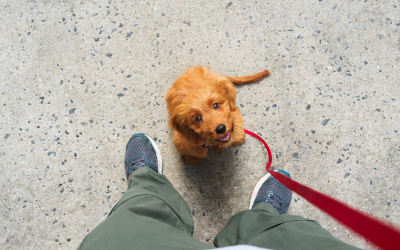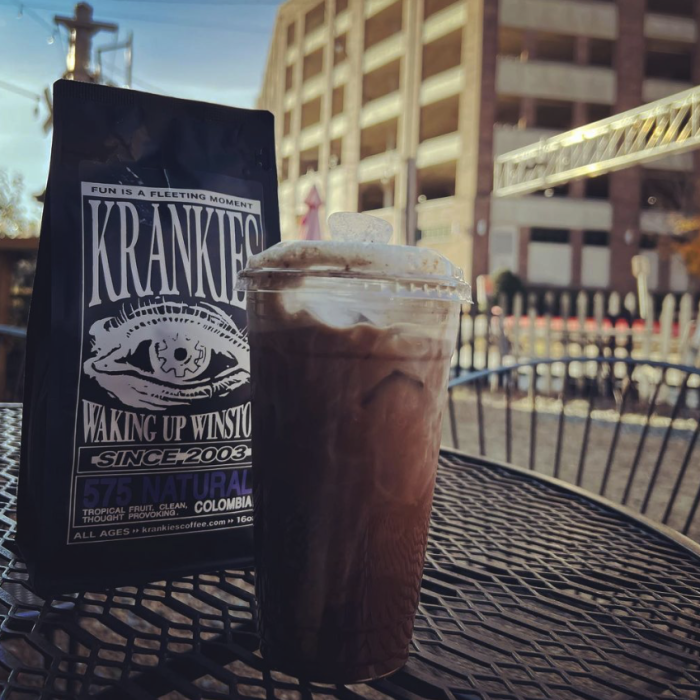What’s a Time-of-Day Reminder?
The service dog performs a trained task associated with a specific time of day to remind their human partner that there is something they are required to do.
Wait, dogs can tell time?
You know they can tell time if you’ve ever been a little late with your dog’s dinner. In general, dogs thrive on routines and predictability. Like humans, they have a circadian clock and keep up with time through daily routines, metabolic indicators (grumbly tummies), and sunlight. We can use the dog’s internal clock to train a daily reminder.
Fun fact: There is something dogs can do that humans can’t. With up to 300 million olfactory receptors (compared to our 5 million), dogs can use their incredible sense of smell to ‘tell time’ based on the strength of the scent in the air. That’s right. Your dog can smell time.
Dr. Alexandra Horowitz, director of the Horowitz Dog Cognition Lab at Barnard College of Columbia University, explains, “Smells in a room change as the day goes on. Hot air rises, and it usually rises in currents along the walls and will rise to the ceiling and go kind of to the center of the room and drop. If we were able to visualize the movement of air through the day, what we’re really visualizing is the movement of odor through the day.” Read more here: AKC Dogs Tell Time With Their Noses.
The time-of-day reminders we train at Good Human Dog Training start with pairing something the dog looks forward to with a specific time of day. This can be a high-value treat, a meal, a walk, a game of fetch- anything the dog loves. We train an alert behavior, which should be something that the dog’s human partner can’t ignore. Some service dogs may nudge or poke at their partner with their nose, asking for their dinner, treat or walk at the expected time. Other dogs will pick up their food bowl or leash and bring it to their partner at the same time each day, with surprising accuracy. If always rewarded, this behavior becomes a habitual task that reminds their partner of a time-sensitive event that needs their attention.
#1 Medication Adherence
Taking prescribed medication as directed saves lives. And that’s why medication adherence is our favorite time-of-day reminder. The World Health Organization estimates that 50% of patients do not take their medications as prescribed. Barriers to medication adherence are complex and varied. So, we recommend implementing multiple strategies. But in many cases, a reliable, friendly reminder helps, especially if it comes with a hand-delivered medication bag and a water bottle.
#2 Doggy Alarm Clock
Service dogs can be trained to wake their partner up in the morning or from a daily nap by persistently licking their face or gently nudging them. Not a bad way to wake up! They can even be trained to pull the blankets off their partner and turn on the lights.
What about barking?
We don’t train a bark alert for a few reasons.
1) It’s not necessary. We can find other persistent behaviors for the dog to do.
2) It may be perceived as disruptive instead of a trained task.
3) It is disruptive and unpleasant.
#3 Evening Routine
Dogs love routine, and they can assist in creating a more structured life for their partner. Having a solid routine is so essential for many people living with disability. Optimal sleep hygiene can include sufficient nighttime sleep, consistent sleep-wake patterns, and scheduled brief daytime naps. A time-of-day alert may facilitate these.
Why not use an alarm?
We do use alarms during the training for this task. But alarms can be turned off, and alarm clocks can be tossed across the room. In comparison, dogs can be trained to alert their partner in a kind manner. We are much more likely to get up and tend to our dog’s needs (without tossing them across the room).
#4 Meal Reminder
Service dogs can be trained to gently remind their partners when it’s time to eat a meal or a snack. And, if their human partner has difficulty eating, the dog may share one of their human-grade snacks and sit with them for as long as they need.
#5 Take a Break
We can train a dog to carry a leash to their human partner at the time of day when they typically experience overwhelm or time blindness. Taking a walk can help with productivity and motivation and clear the head. And the dog gets some sniffs in too. This one is a win-win!
The work or task a service dog is trained to do must directly relate to the individual’s disability. Some of the above tasks need to be more robust to meet the definition alone. Good Human Dog Training will work with teams to train at least three (3) tasks, and we carefully customize each task to make the most significant impact on the individual’s independence.
Can you think of other time-of-day reminders? We’d love to hear them!






